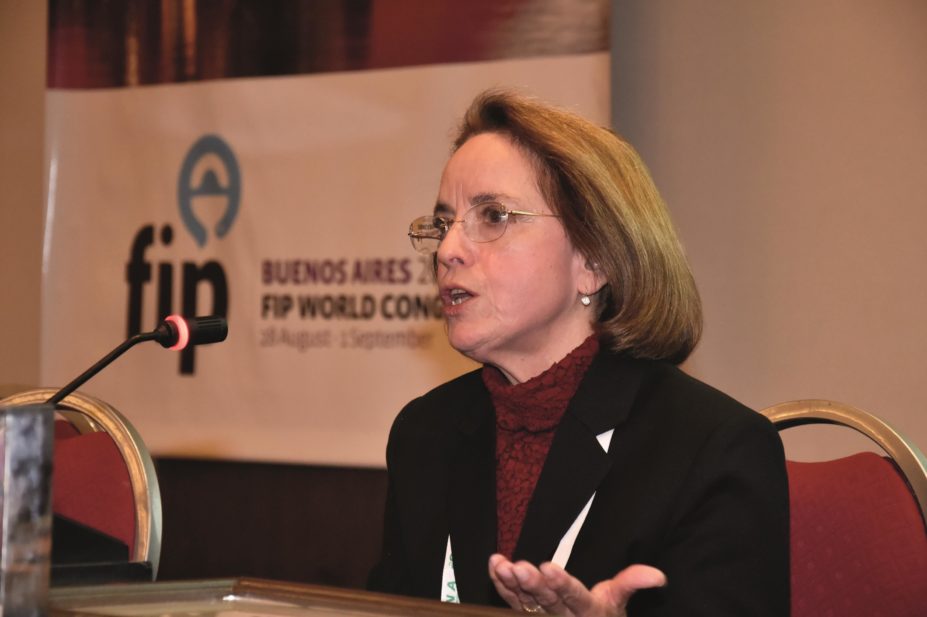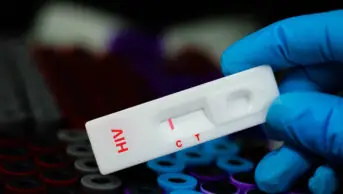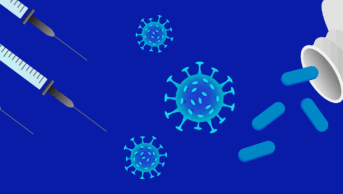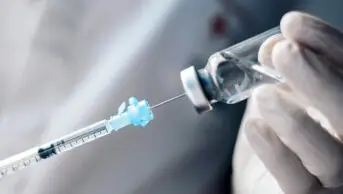
FIP
“The HIV epidemic was fully raging in the United States. There were no cures and I lost colleagues and friends.”
This was the climate in which Ana Martinez first embarked upon her career in HIV research. Some 30 years later, HIV is a manageable condition with which many patients can live relatively normal lives — and this is thanks, in part, to the work of Martinez and her colleagues.
Martinez joined the Division of AIDS (DAIDS) at the National Institute of Allergy and Infectious Diseases in 1991. “At that time, the clinical trials programme was small. There were only a couple of networks — maybe 15 or 20 trials. No drugs had been approved yet — they were all still under investigation and limited in availability and supply,” she explains.
At the time, pharmacists were brought in late to the clinical trials process, explains Martinez, who herself qualified as a pharmacist in New York. “After recruiting some staff, I realised that we needed to be involved in the clinical trials right from the very beginning,” she says. “I started by identifying a pharmacist in the branch to be a protocol team member, a so-called protocol pharmacist. That person wrote the study treatment section of the protocol so it was something that was understandable to a pharmacist and able to be implemented at the clinical site, rather than something that looked like an investigator’s brochure.”
“The most important thing is that this allowed us to have the ability to manage products in a very efficient way,” Martinez says. Active and placebo products can be shipped from the distribution centre to the pharmacist at the clinical trials site in bottles or vials rather than kits, she explains, where they can then be labelled by the pharmacists on site for individual patients.
Martinez adds that the distribution centre in Maryland is also staffed by pharmacists. “It’s a pharmacist-oriented way of implementing clinical trials.” It is for this reason — involving pharmacists at every stage of the clinical trials process — that Martinez received the André Bédat Award from the International Pharmaceutical Federation at its 2016 congress in August in Buenos Aires, Argentina.
“The clinical trials enterprise of the DAIDS grew to extend to international sites and different types of studies, including treatment, prevention, vaccine and paediatric studies, and in resource-limited settings in Africa, Asia and South America,” says Martinez. “It wasn’t an easy process, there were always questions raised,” she adds: “Whether you need a pharmacist, whether you need a pharmacy and why does a pharmacy have to have limited access only to the pharmacist? We addressed these issues and provided a tremendous opportunity for the pharmacists at the sites.” Martinez estimates that there are now around 150–200 HIV clinical trials sites worldwide that operate using the processes she put in place.
The global nature of the programme means that regulatory requirements can be a challenge. “Each country has different regulations for import of products and they sometimes change with changes in government,” Martinez points out. “The pharmacists at the sites helped us a lot in that regard by making us aware when changes were coming or had been implemented that might require a new form or more time for submission of the protocol or review of the protocol at the sites.”
Martinez believes that pharmacists are the ideal professionals to manage study products at clinical trial sites. “The training that we get makes us aware of information about the product that is critical to that patient,” she explains. “Everything else falls into place because you look at it from a patient point of view, for that patient in front of you.”
Martinez has not only been involved at a strategic level. “I was a pharmacist in some protocol teams myself and some of the protocols I was involved in changed the face of HIV treatment,” she emphasises. “One of the first studies I was involved in with an international component was conducted in France as well as the United States. It was for the prevention of mother-to-child transmission — the results were a reduction in transmission of 67%.”
She reels off an impressive list of various studies in which she was involved — one required a combination of 23 different drugs, drug strengths and dosage forms; another reduced transmission of HIV from an infected partner to an uninfected partner by 92%. “I was also involved in the initial studies of highly active anti-retroviral therapy, so-called HAART, the first triple therapy for the treatment of HIV. The ability to really bring down people’s viral loads to a manageable level started with that study,” she says.
Martinez believes her greatest achievement has been “to be able to work in the disease that I felt was the plague of my lifetime”.
She adds: “We didn’t know what was happening and why all these people were dying and why they were dying so quickly. To have made a contribution to having HIV go from being a death sentence to a chronic manageable disease is a wonderful satisfaction.”


